DISTANCE LEARNING
The Lifesaving Society presents the different possibilities of teaching lifesaving adapted to the new realities. The course offer is therefore declined under several teaching formulas:
- Classroom-based courses
- Face-to-face courses in the pool
- Face-to-face-hybrid course
Synchronous distance learning
In all cases, the teaching of lifesaving follows the same standards of quality and success.
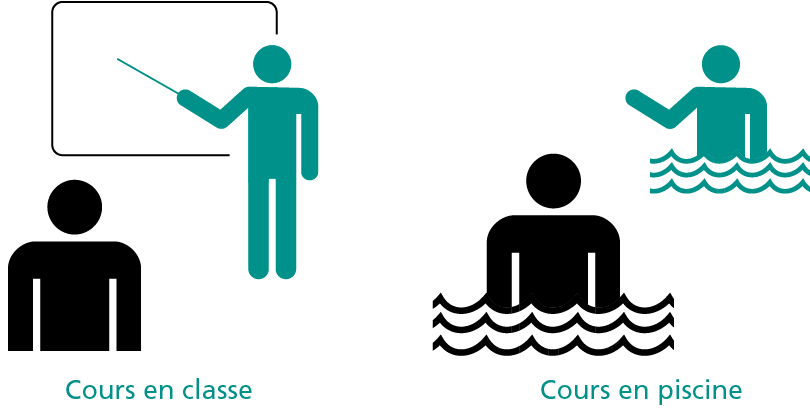
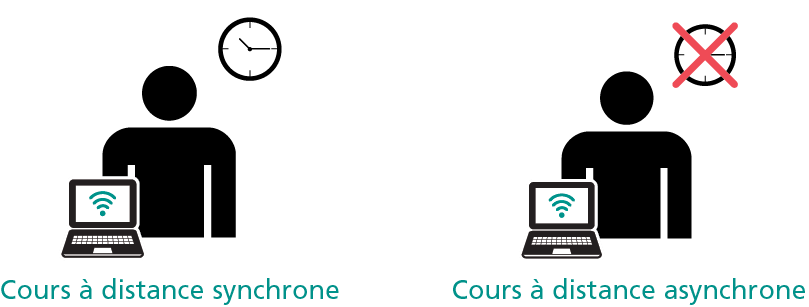
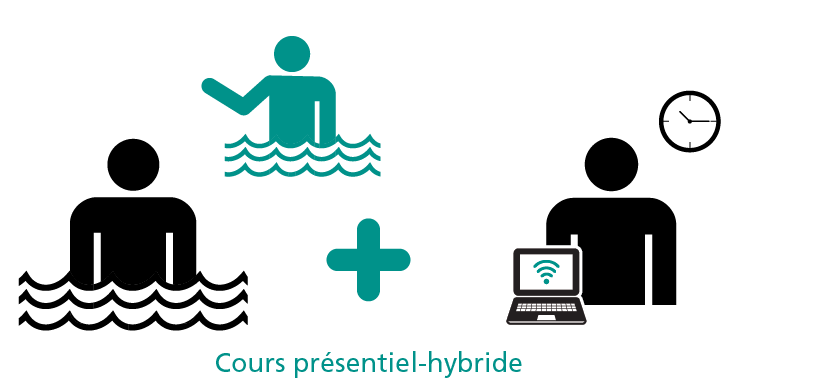
classroom training
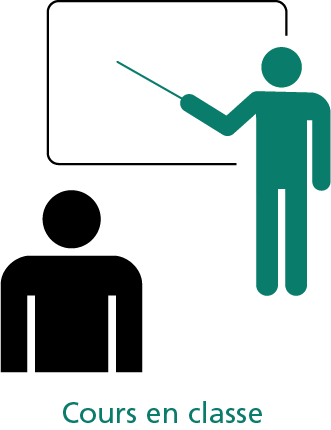 | Face-to-face training is the "classic" formula in which you must come to the classroom each week at the aquatic center to follow the course with the other candidates and the instructor for the entire duration of the activity. |
pool training
 | The in-pool training is the "classic" formula for which you must go to the aquatic center's pool each week to follow the training with the other candidates and the instructor for the entire duration of the activity. |
face-to-face-hybrid training
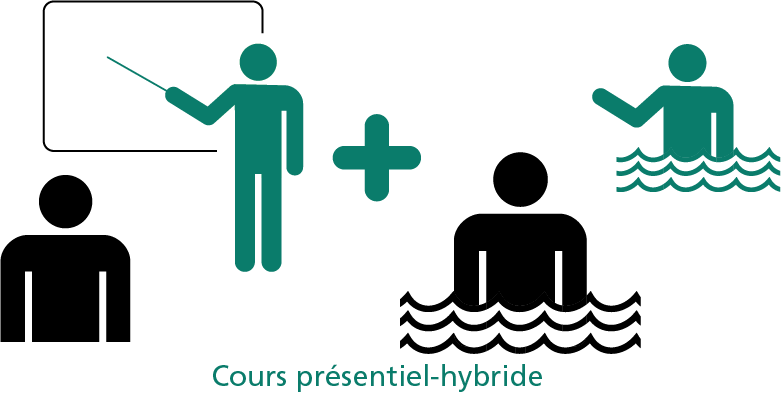 | Hybrid training is a teaching formula that combines training activities offered in the classroom or in the pool with distance learning, according to a schedule determined by the instructor at the beginning of the session. This formula requires less travel to the aquatic center than a conventional course. In this type of training, the distance sessions can be synchronous (in real time) or asynchronous. |
synchronous distance learning
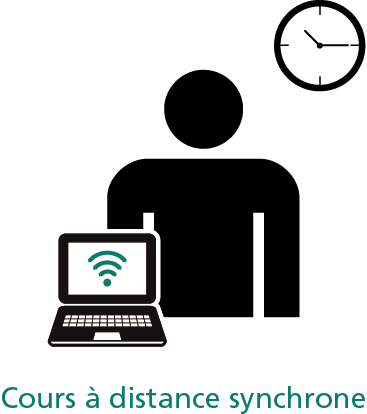 | The synchronous format provides live virtual classroom meetings each week via ZOOM that allows audio and video communication with the instructor and other students. This distance learning format requires availability at specific times and is more similar to the traditional classroom dynamic. |





